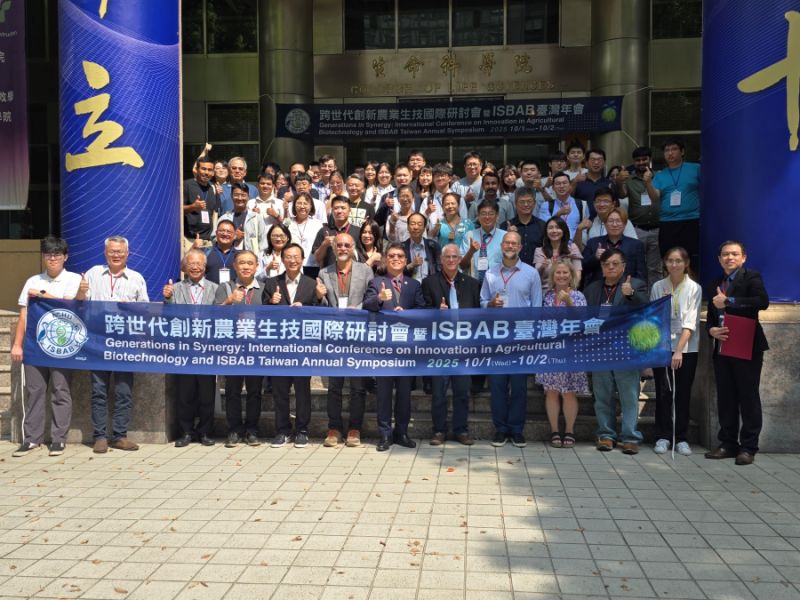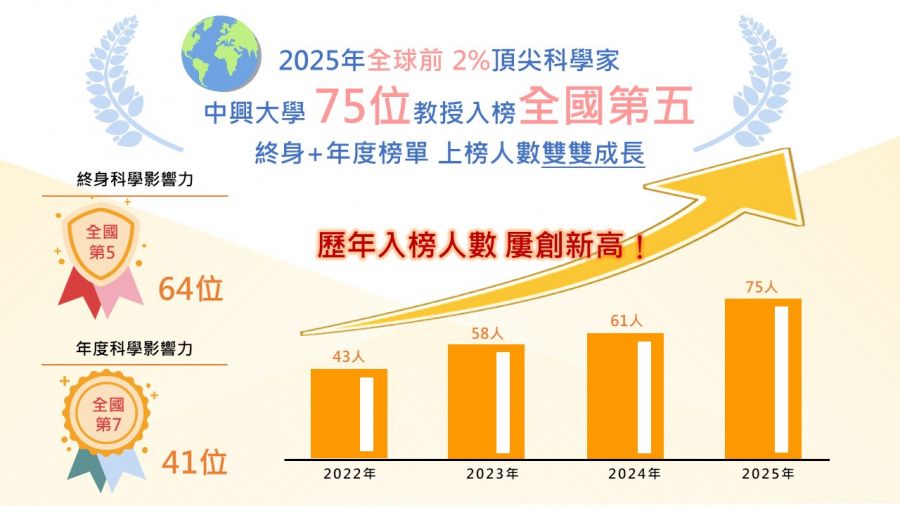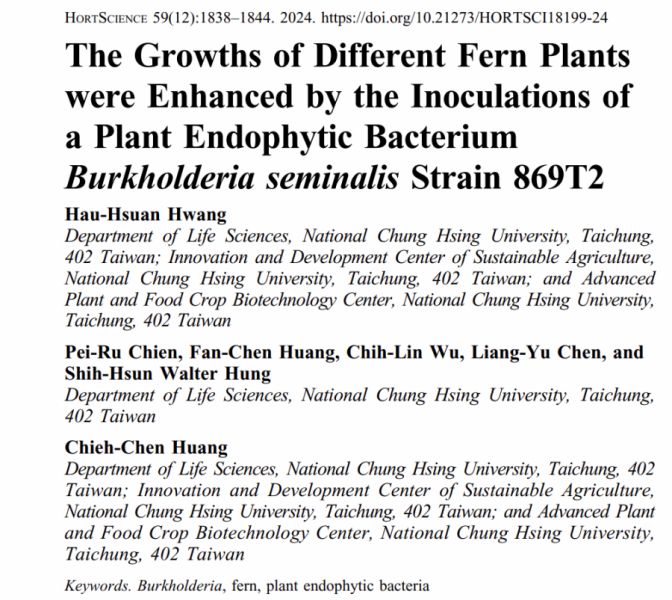| 論文篇名 | 英文:The Carbon Benefit of Thinned Wood for Bioenergy in Taiwan 中文:台灣疏伐木生物能碳效益分析 |
| 期刊名稱 | Forests |
| 發表年份,卷數,起迄頁數 | 2019 10(3), 255-265 |
| 作者 | Chiou, C. R., J. C. Lin, and W. Y. Liu* |
| DOI | 10.3390/f10030255 |
| 中文摘要 | 森林疏伐是為剩餘樹木的生長騰出空間的一種方法,而疏伐後木材可以用作生物能源的燃料,以應對氣候變化。使用疏伐木材作為生物能源可以替代化石燃料能源,從而帶來潛在的碳效益。並非所有的疏伐都可以運出森林進行加工,因此提取量/稀釋量是確定淨碳收益的重要變量。研究調查了台灣52個森林疏伐地點。交叉分析發現地點/物種屬性與提取率間的關係。因素包括林齡等級,疏伐方法,土地用途和物種。關鍵變量包括疏伐量,提取量和提取率。研究成果可為台灣綠色能源政策制定提供有價值的資訊。 |
| 英文摘要 | Forest thinning is a way to make room for the growth of remaining trees, and the thinned wood can serve as a fuel for bioenergy in order to combat climate change. Using thinned wood for bioenergy can substitute for fossil fuel energy, resulting in potential carbon benefit. Since not all thinned wood can be transported out of the forest for processing, the extraction ratio (extraction volume/thinning volume) is an important variable for determining the net carbon benefit. This study investigated 52 forest-thinning sites in Taiwan. The extraction ratio was estimated to explore the benefit of thinned wood used as bioenergy. Cross analysis was adopted to find the relationships between site/species attributes and extraction ratio. The factors included age class, thinning method, land use classification, and species. Key variables included thinning volume, extraction volume, and extraction ratio. Statistical analysis was then applied to identify the significant differences. The analysis shows that the extraction ratio of thinned wood is 57.12%. The research outcomes could provide valuable information for green-energy policy making in Taiwan. |
【學術亮點】台灣疏伐木生物能碳效益分析 2019-03-13

生態農業:農業精準栽培管理技術開發【森林系柳婉郁特聘教授】






